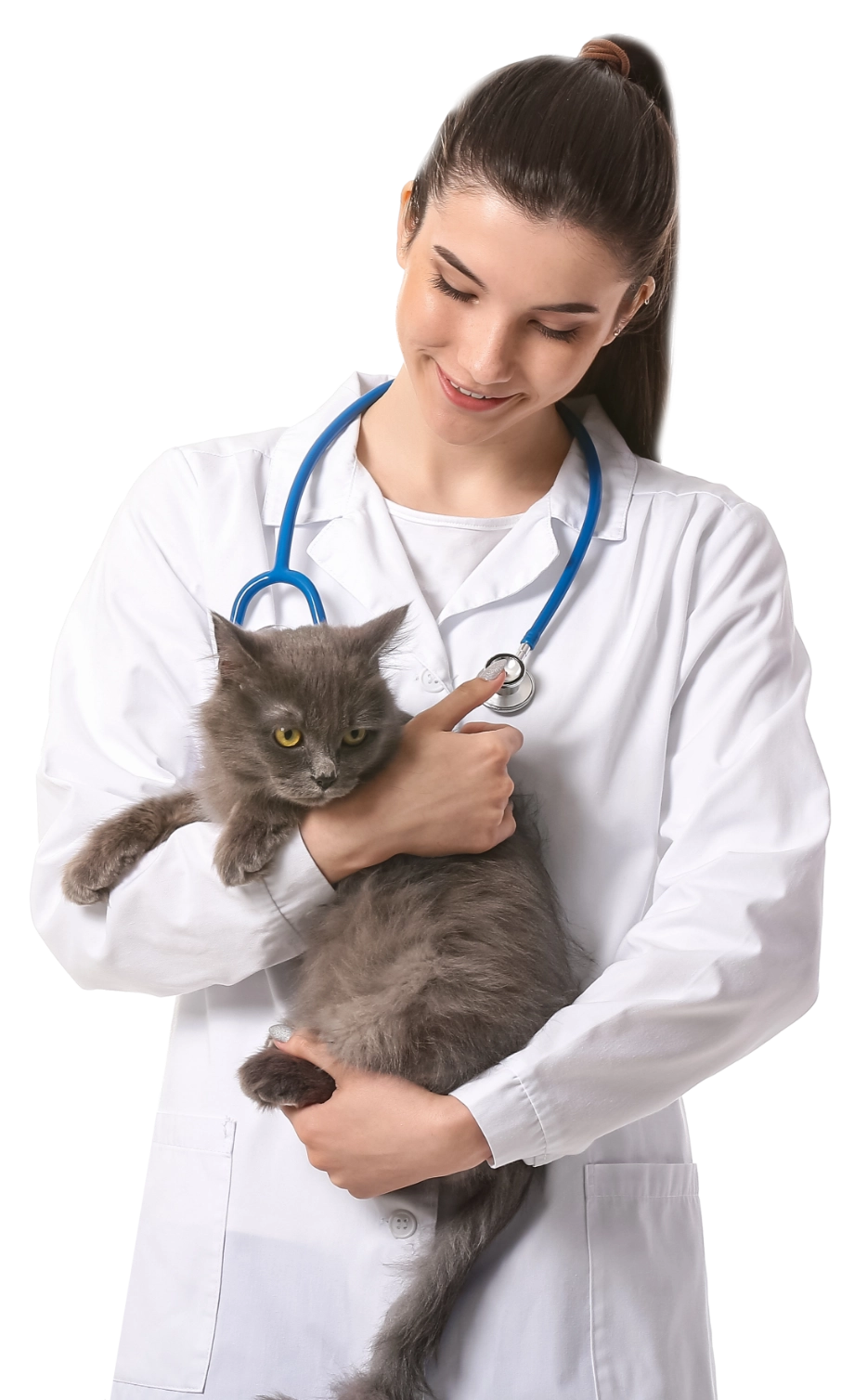

X-RAY & ULTRASOUND
Advanced and modern medical imaging technology like x-rays and ultrasound play a vital role in permitting veterinarians to diagnose further and treat medical conditions in animals. This equipment provides veterinarians with an accurate view of what’s happening internally. It helps them see the most straightforward course of action and treatment options for your furry friend, giving them a more robust chance of recovery and survival. X-rays and ultrasound examinations are often necessary and valuable for our diagnostic approach to certain diseases and illnesses.

DIGITAL RADIOGRAPHY (X-RAY)
A simple x-ray can sometimes be adequate, but at other times multiple x-rays should be performed in cases like barium contrast, musculoskeletal conditions, etc.


Conditions affecting the bones that will be diagnosed using an X-ray includes:
-
Limp and Fractures
-
Osteoarthritis
-
Spinal problems
-
Dislocations; e.g, hip dysplasia
-
Bone cancer
Conditions affecting soft tissue structures which will be monitored using X-rays include:
-
Enlargement of the Heart
-
Pneumonia, asthma, and other chest & lung conditions
-
Cancer and Tumors
-
Stomach and intestinal conditions like foreign body ingestion
-
Kidney & bladder diseases
An X-ray may also be used to monitor healing fractures, make certain orthopedic surgeries are successful, or observe bone growth in young kittens and puppies, and other animals.
ULTRASOUND
Ultrasound examination is usually more detailed and may provide us with exceptional and more detailed information about the visceral organs of the abdomen and thorax. At The City Vet Clinic, our specialists can also perform a closed and thorough cardiology examination via advanced ultrasound machines. For example, colour doppler ultrasound is a technology that permits the measurement of directional blood flow through the heart, yet as blood flow velocity.
Ultrasound reports and data are essential in assessing some heart defects, especially the cardiovascular disease of kittens and puppies.
How does ultrasound work on pets?
High-frequency sound waves are emitted by an instrument called a ‘transducer’ placed on the animal’s body. These waves are reflected as echoes from the structures within the body and are picked up by the transducer. A computer converts the echoes into visual patterns, revealing the scale & size, organ structure, and development of organs. The pictures are displayed on a monitor during the examination. They are captured electronically as instant images or recorded on videotape or media storage, counting on the machine’s capability.
There is little-to-zero discomfort for your animal during ultrasound examinations, although areas of hair must be clipped and shaved, especially the abdominal area. Coupling jelly is applied between the transducer and your pet’s skin for better viewing. Sedation or general anesthesia could also be required in some cases to keep the patient still for a close examination.
Will my pet need anesthesia or sedation?
This depends on how nervous or comfortable your pet during the procedure, and to some extent on the kind of imaging test to be performed.
For most x-ray procedures, no sedation or anesthesia is required unless your pet is in pain, agitated, and nervous. Giving a sedative or anesthesia will make your pet more well-off. The same goes for ultrasound procedures.
How can an ultrasound help?
Many inner organs are scanned non-invasively, including the liver, kidneys, bowel, spleen, bladder, prostate, uterus, and heart. Information is often obtained on the size and texture of organs, which aids in diagnosing the disease. The ultrasound may also be used to guide a minimally invasive biopsy probe that permits the collection of tissue samples without the requirement for large abdominal incisions. Moreover, ultrasound provide the only reliable kind of pregnancy diagnosis for dogs and cats.
ULTRASOUND REFERRALS
We are proud to have cardiac and ultrasound specialists on board. Most frequently than not, our specialists’ expertise doesn’t only help our clients but also our colleagues in other veterinary facilities.
Referring Clinics:
Our Al Wasl Branch is now accepting referrals via our digital submission form through email. As a medical referral must be forwarded ahead of time, referring clinics are requested to download our referral submission form to send it along with the patient’s medical history.


EMERGENCY CARE (24/7 WORKING)
Our clinics are well equipped to provide emergency and critical care for all pets, no matter the cause. Our team of highly qualified and experienced veterinarians and nurses are ready to help any time of the day and are dedicated to delivering compassionate emergency care





